This guide will assist you in your planting decisions this spring. We provide a great variety of planting ideas, as well as the best times and techniques to plant and cultivate your plants! We’ve created a great selection of useful, editable, medicinal and simply beautiful garden and planting ideas. To assist even further, we’ve put together a spring planting guide that you can print and use to really put some fine-tuning into your planting – it is available below.
Spring Planting Guide
When planning your first planting schedule for spring, there are some very general and simple guidelines that you follow, and will help to improve the success of your plants and vegetables. We’ve outlined a few of these in our spring planting guide below, and hope that this will give you some additional information to empower and assist you in your planting efforts.
Last Frost Date
You’ve been waiting through a long winter, eagerly preparing yourself for spring, and dreaming of the greenery you will create, and the satisfaction of a successful garden. Of course, like most things in the world of ‘green thumb’, timing and a good set of tools play 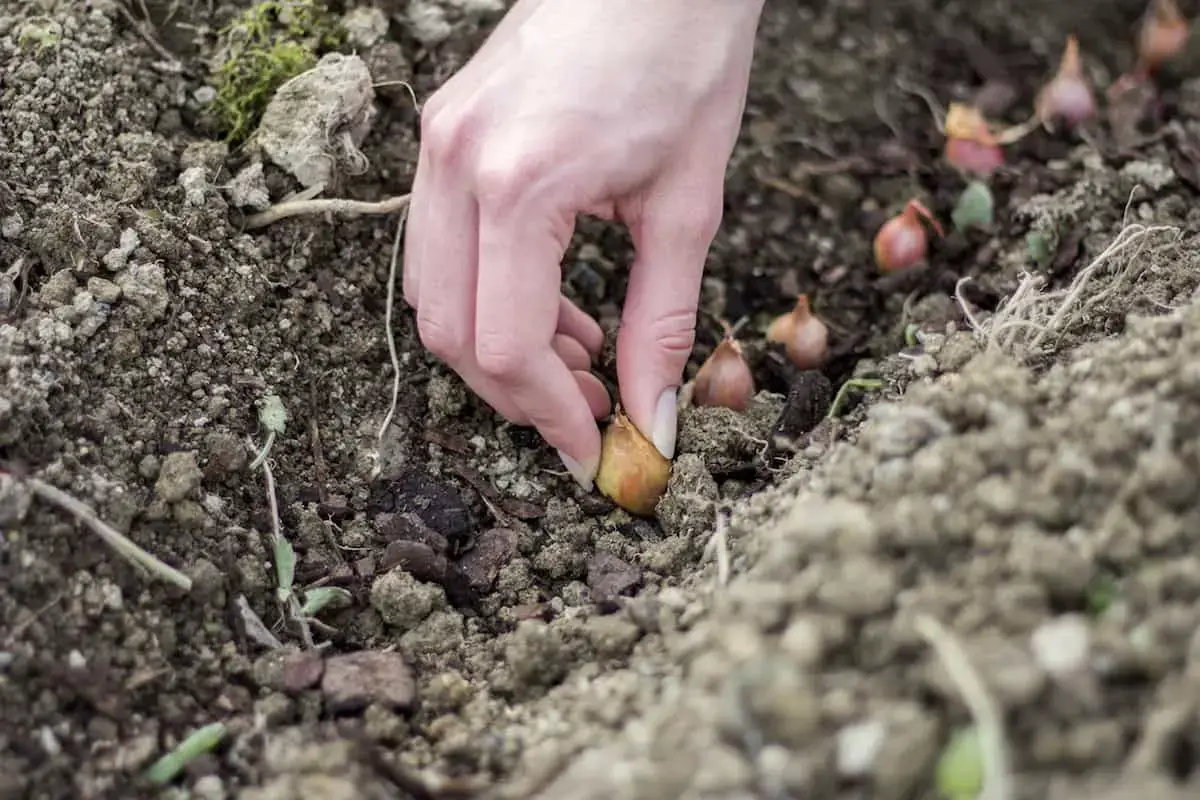 critical roles in the success of your efforts. Obviously, if it is too cold to plant, or there is a risk of your plants being destroyed by a sudden frost, you want to try and avoid this at all costs. Fortunately, it is possible to mitigate these risks, by taking advantage of the information available to you, specifically regarding the times of expected spring frost and early spring ‘cold snaps’.
critical roles in the success of your efforts. Obviously, if it is too cold to plant, or there is a risk of your plants being destroyed by a sudden frost, you want to try and avoid this at all costs. Fortunately, it is possible to mitigate these risks, by taking advantage of the information available to you, specifically regarding the times of expected spring frost and early spring ‘cold snaps’.
Every location is unique, though there are regional norms that can be used as a guideline when creating your planting schedule. Each region will have specific and unique differences for the range and dates of expected ‘last frost’, and you can usually determine this using historical data provided by meteorological organizations in your area, or even by speaking with others who have a long history of planting in your area. To assist, there are some resources available that you can use, which should give some support. We’ve found the Farmers Almanac to also be an excellent source of information for frost and planting data, and use it as part of our spring planting guide. An absolutely brilliant online resource for this information is available from the publishers of the Old Farmers Almanac – they outline nearly every location in the US and Canada, including the dates of expected frost, and they use comprehensive historical information to make their estimations.
Finally – talk to friends and neighbors, long-time residents, or to local farmers, and get the “layman’s idea” of what dates others have planted in recent years. You want to be as certain as possible that your efforts won’t be thwarted by a frost after your plants have begun their lifecycle.
The Right Plants at the Right Time
This is where things become a little more ‘hands on’ – the process of getting your plants ready, and ensuring your seeds/seedlings are ready for planting. Of course, when you do this is highly dependent on the type of plant and/or produce you are going to plant, and varies in general groups of plants. As a general rule, it is a great idea to start your 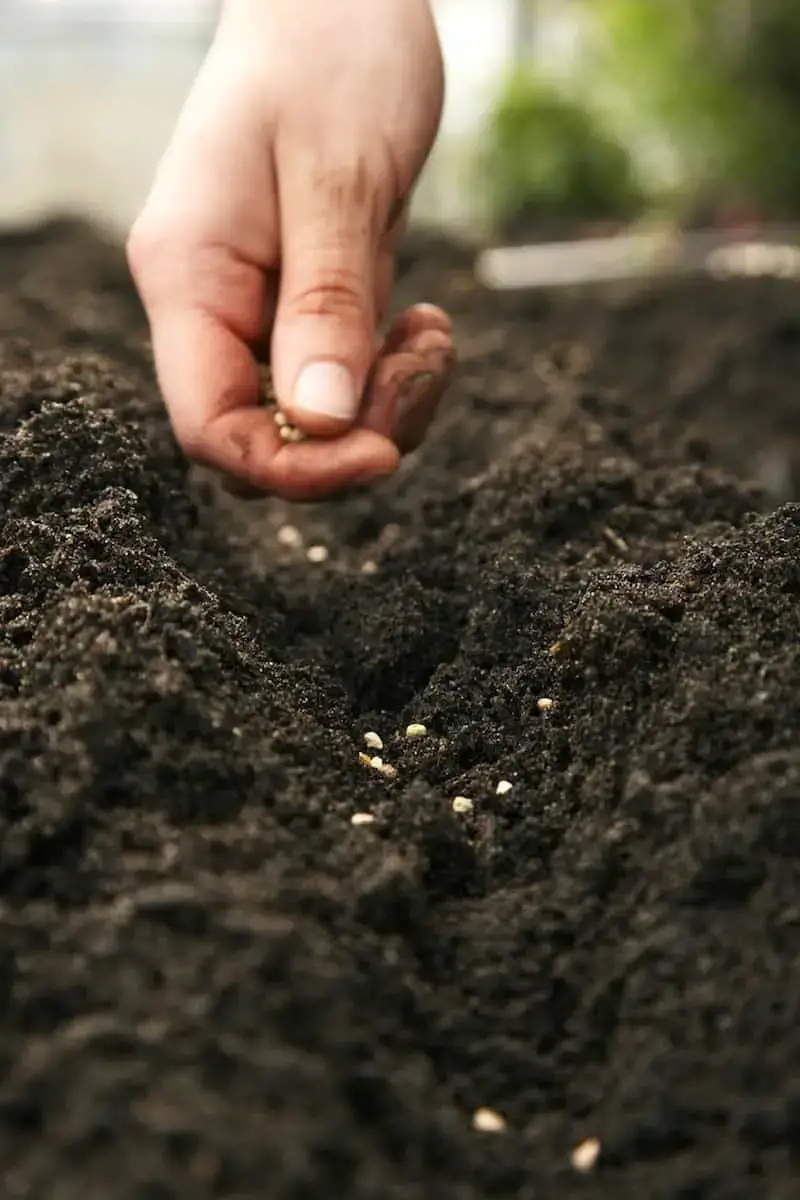 seedlings indoors some weeks before actually placing them into the ground. For some people this won’t be practical, particularly if space is limited or unavailable. Success can still be achieved, even without pre-sprouting your seedlings indoors, though we provide this information as part our spring planting guide, as it can add a substantial measure of success to your gardening efforts.
seedlings indoors some weeks before actually placing them into the ground. For some people this won’t be practical, particularly if space is limited or unavailable. Success can still be achieved, even without pre-sprouting your seedlings indoors, though we provide this information as part our spring planting guide, as it can add a substantial measure of success to your gardening efforts.
As we mentioned, the exact ‘perfect’ timing for placing your seeds into the ground can vary for each plant type, there is a fairly safe guideline of setting your seeds into the ground between 1 and 3 weeks prior to expected last frost. We normally find that the safe middle ground has worked well for us, and normally plant 10 days prior to the last frost date, and have had great success with this very general guideline. That said, the table below gives a good overview of safe planting dates per plant group/type.
[table id=5 /]
Great Plants to Select
Like anything in life, this will largely be a relative choice. Everyone has different tastes, whether it be for the types of herbs they like, the vegetables they enjoy, or the flowers they prefer. Generally, we always prefer the safer and more hearty varieties of anything we 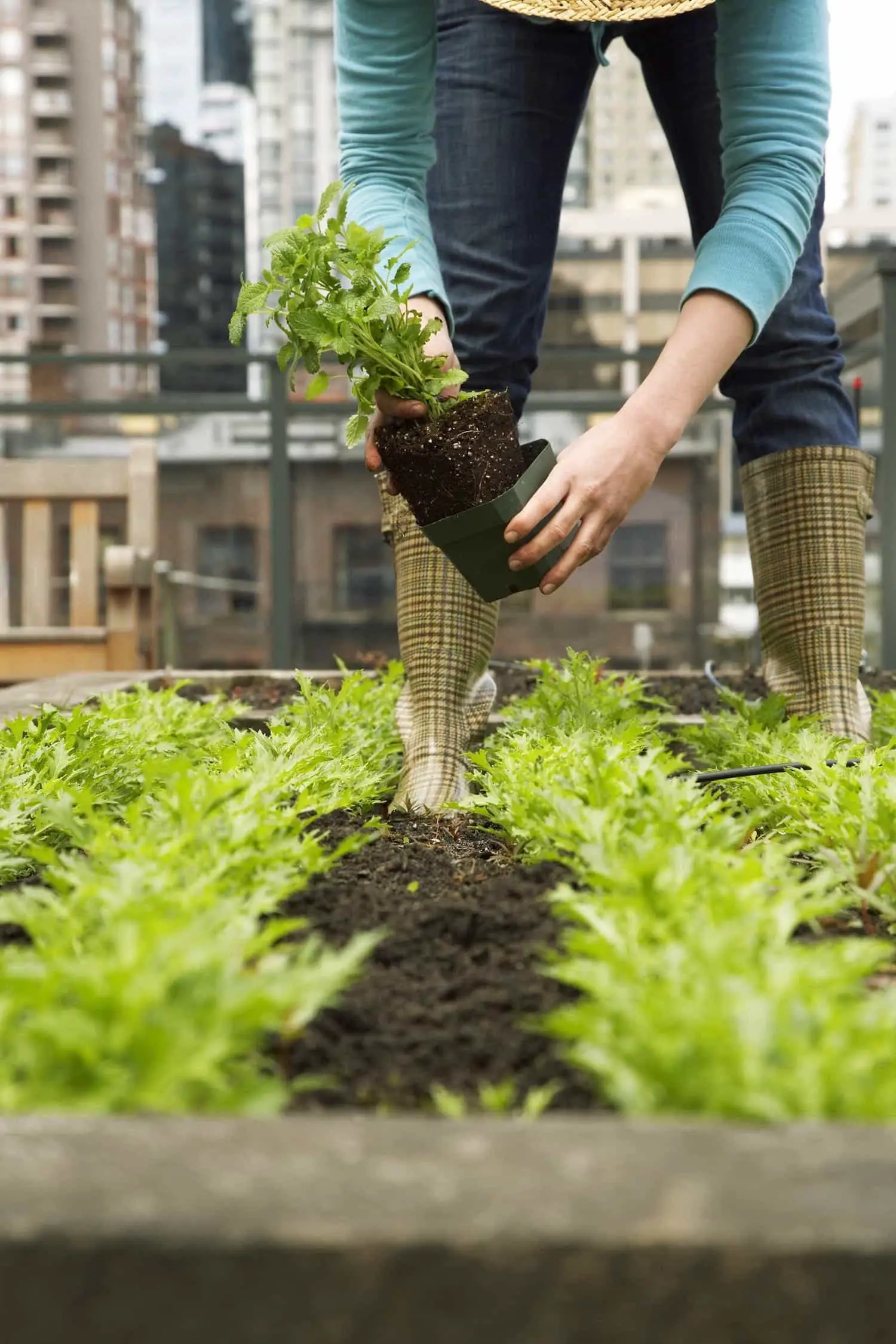 plant. For a lot of people, being a full-time gardener is not the goal, so we recommend working with selections that can tolerate a wide range of conditions, and are known to succeed without a lot of fuss. Of course, it is always a great experience to challenge yourself, and try something new and exciting, but in general, we prefer to stick to the heartier of varieties. What is hearty in one region, may not be in another, so this will depend on your area, and your preferences.
plant. For a lot of people, being a full-time gardener is not the goal, so we recommend working with selections that can tolerate a wide range of conditions, and are known to succeed without a lot of fuss. Of course, it is always a great experience to challenge yourself, and try something new and exciting, but in general, we prefer to stick to the heartier of varieties. What is hearty in one region, may not be in another, so this will depend on your area, and your preferences.
Seed Selection (Heirloom Seeds)
There has been a great deal of discussion about the quality of seeds in recent times, and with good reason. It is not our place to dive too deeply into the debates that rage about GMO’s and related issues, but as a preference, we believe that staying as close to an authentic plant as possible, means that we are staying true to the original and natural plant, vegetable and greenery that we have enjoyed naturally in the past. With this in mind, we try our best to work with heirloom seeds, which means they have not been ‘industrialized’ in some way, nor modified for larger yield or size. I suppose we can hear our grandmothers speaking when we say, “keep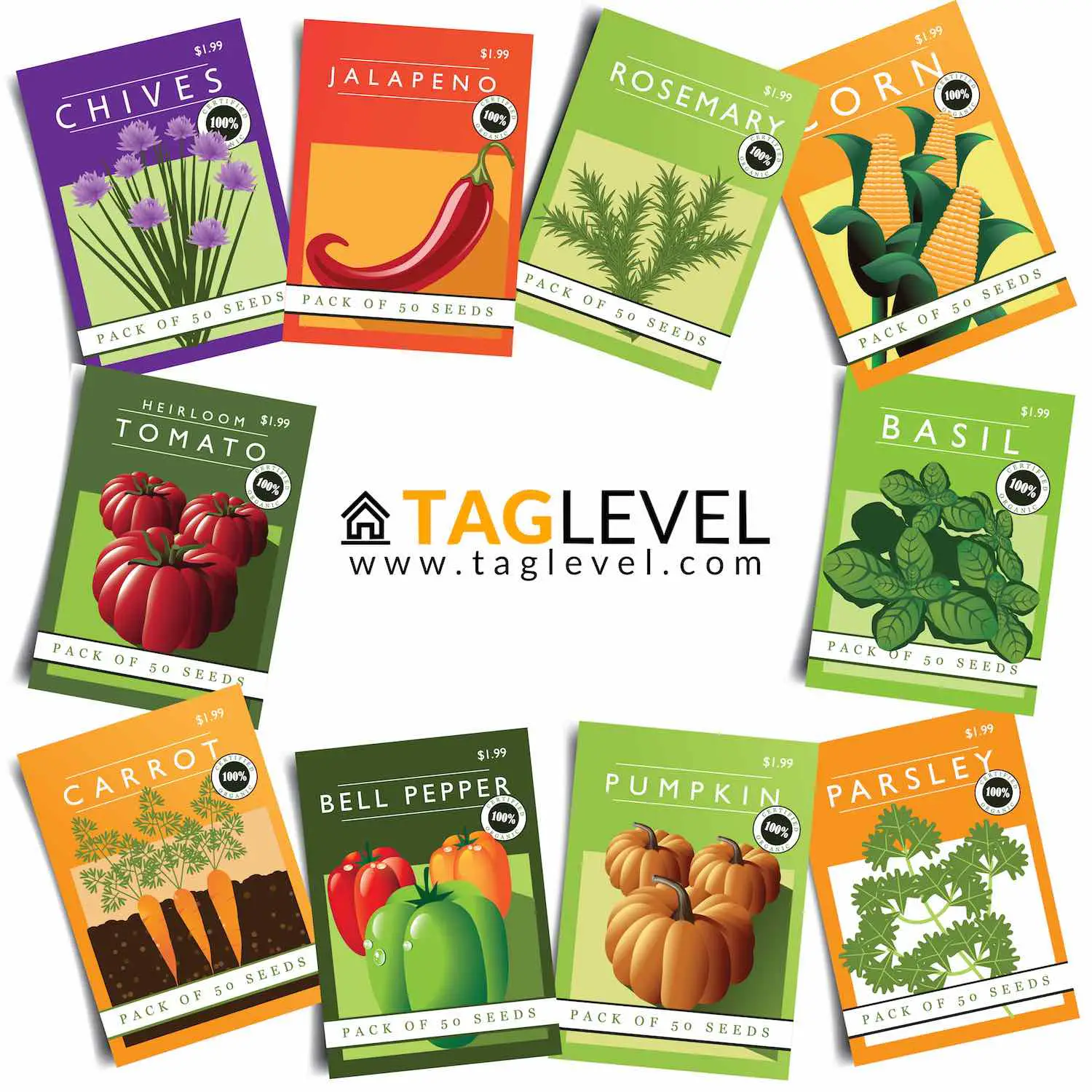 it real”. With that in mind, check with your local markets, and see if there are local and natural seed stocks available. It is not uncommon to have ‘seed fairs’ in some areas, where locals and people from nearby will congregate to share natural seed. This helps to keep the original plant species thriving, and is also a great opportunity to speak with others in the area, and get some great planting ideas and tips to help you along the way. Alternatively, there are some great products available in various markets, which will surely provide you with a great range of seeds, and provide a fantastic variety of plants.
it real”. With that in mind, check with your local markets, and see if there are local and natural seed stocks available. It is not uncommon to have ‘seed fairs’ in some areas, where locals and people from nearby will congregate to share natural seed. This helps to keep the original plant species thriving, and is also a great opportunity to speak with others in the area, and get some great planting ideas and tips to help you along the way. Alternatively, there are some great products available in various markets, which will surely provide you with a great range of seeds, and provide a fantastic variety of plants.
Summary
As the days, weeks and months pass, you will see your plants sprout, and eventually grow to the results you had hoped for, and provide you with some fantastic food for the summer, and when the end of season arrives, some great foods for canning/jarring. Along the way, the beauty of your greenery and flowers will provide you long hours of enjoyment, and a 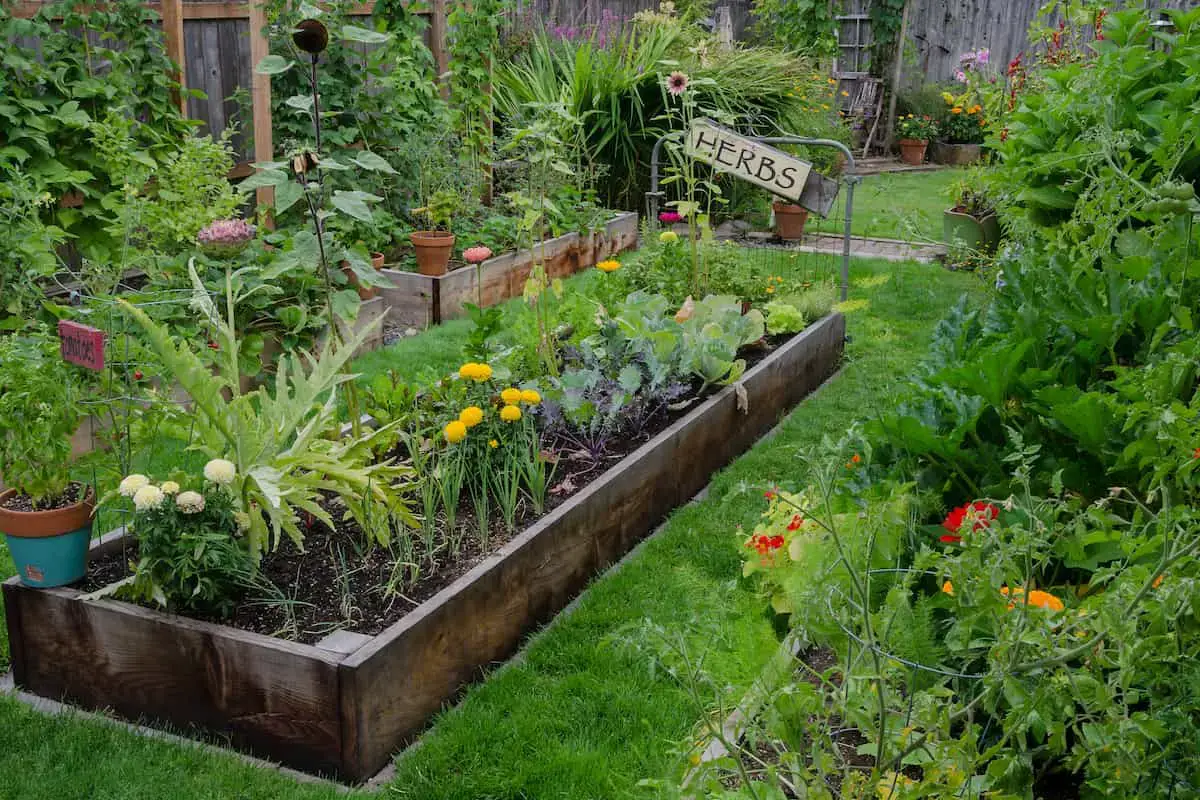 genuine sense of satisfaction at your results. Perhaps most importantly, growing your own garden means fewer trips to the shop to buy veggies of questionable quality! Ahh… the joy of gardening!
genuine sense of satisfaction at your results. Perhaps most importantly, growing your own garden means fewer trips to the shop to buy veggies of questionable quality! Ahh… the joy of gardening!
We love the spring planting season, and hope this spring planting guide has provided some additional information and perspective, as you move forward with your plans. We love to hear from you, and get your ideas, and hear about your thoughts, successes and ideas, so feel free to leave comments below. Join us for regular inspirations and updates, and be a part of the TAG Level community.
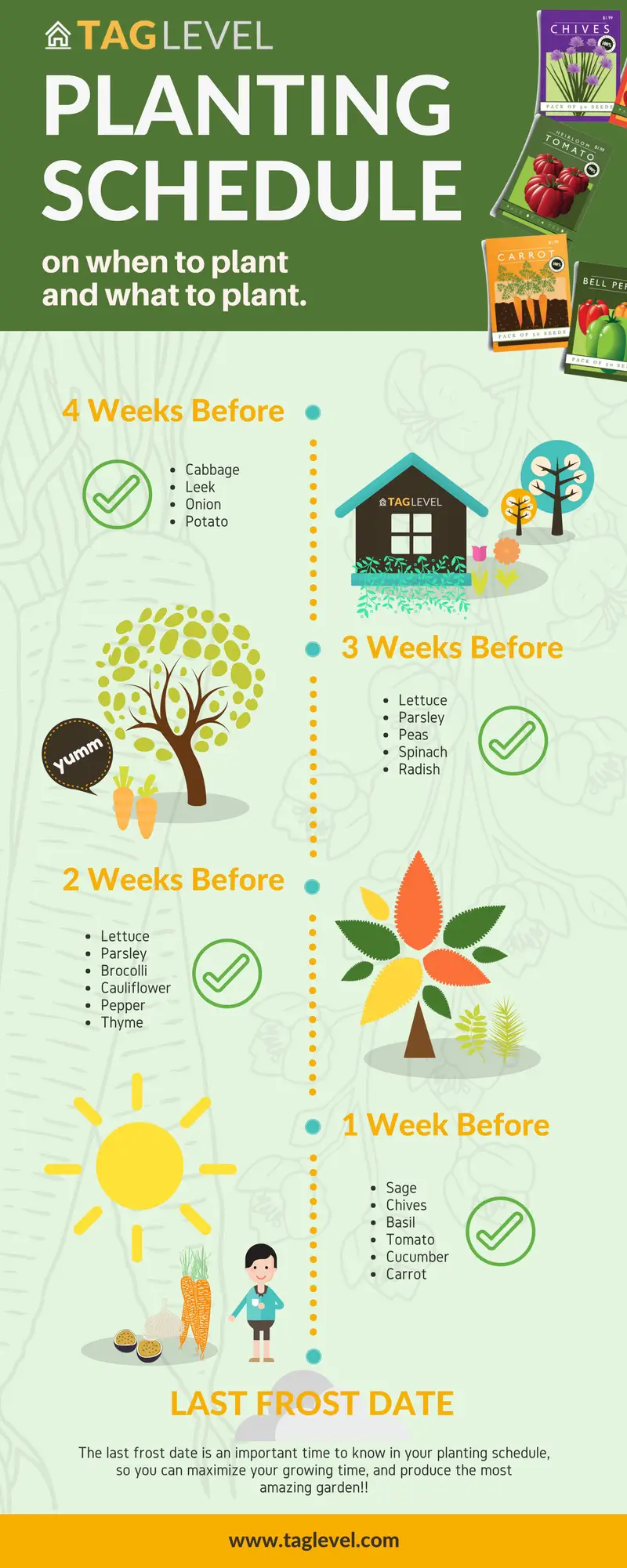









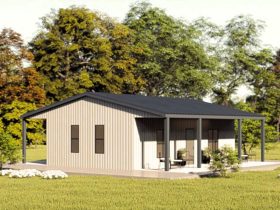

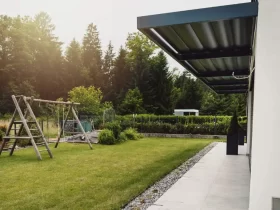







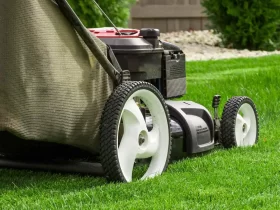

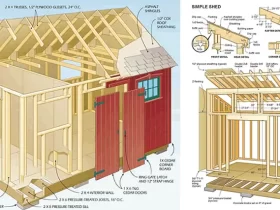

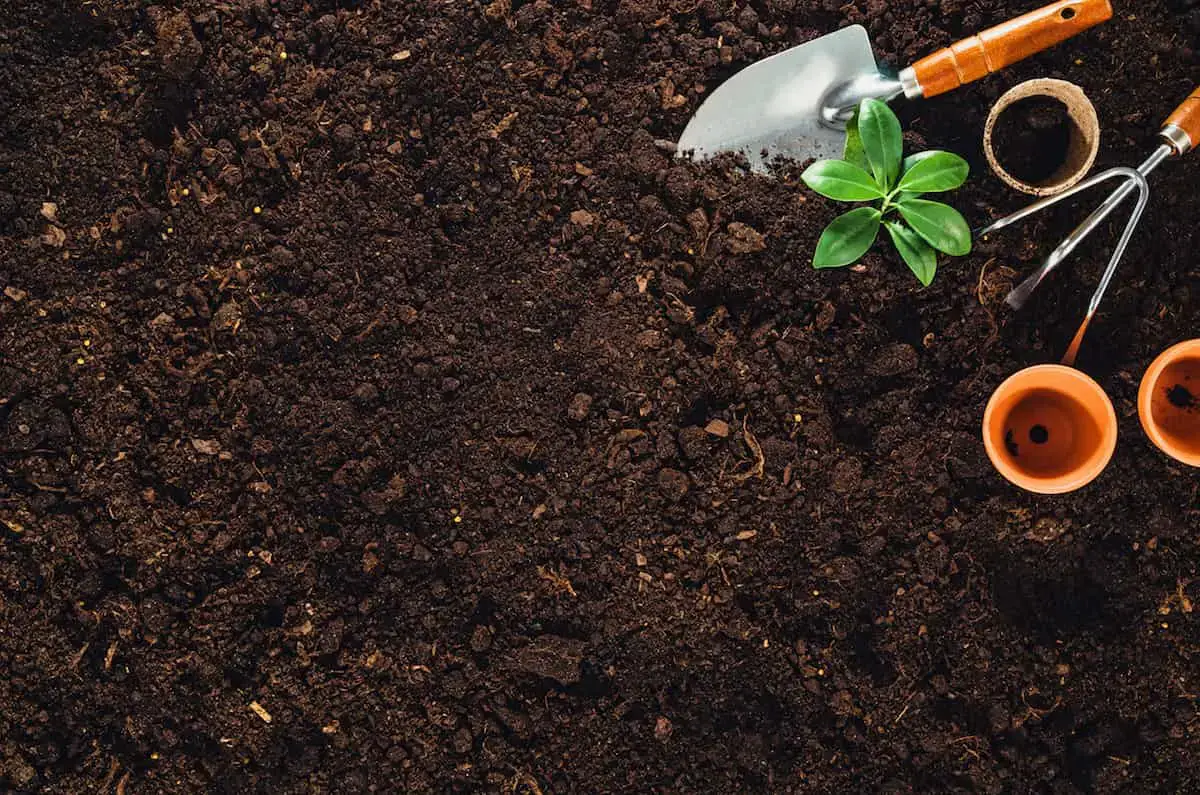
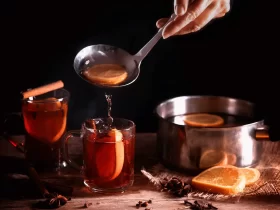













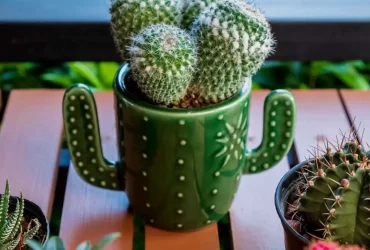
Leave a Reply